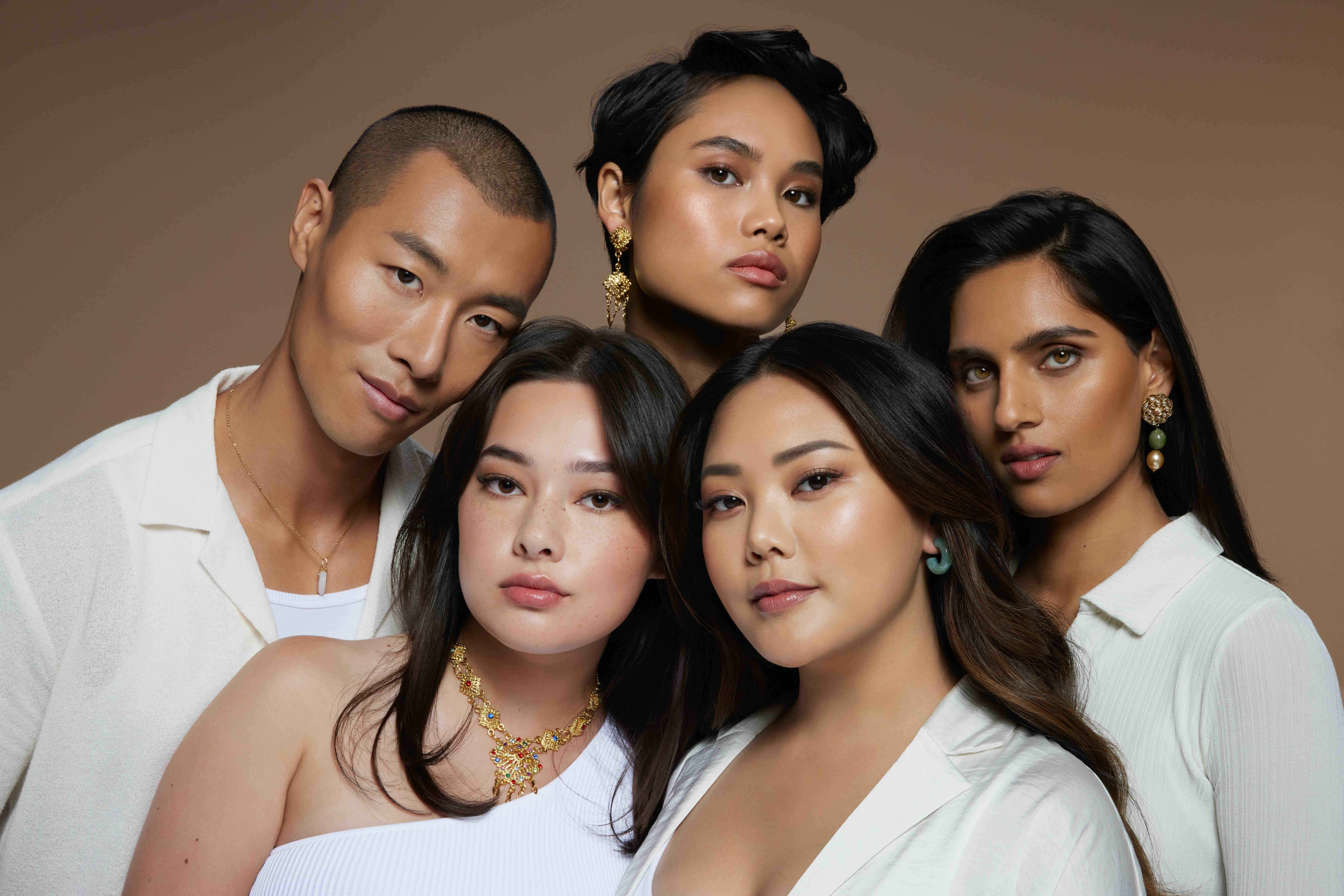
Orcé Founder Yu-Chen Shih On Challenging Asian Beauty Norms And Developing True-To-Life Foundation Shades
In a world where many beauty brands release a litter of new products each season, Orcé is a welcome anomaly. As it has since its 2019 launch, the brand offers three products: a luxury serum foundation, sheer setting powder and makeup sponge so good that celebrity makeup artist Daniel Martin won’t use any other.
One thing has changed for Orcé. Founder Yu-Chen Shih has begun to answer the question her brand’s existence poses: Can complexion products catering to the particular needs of Asian skin (excess sebum production, a tricky range of undertones) be a viable business model?
While some retailers have been quick to judge Orcé as too niche and risky, Neiman Marcus put it in three doors in 2021 and subsequently expanded it to eight doors. “They saw the need for a brand like Orcé and they took us on, and we just keep continuing to grow with them,” says Shih, adding, “Even though a lot of other retailers say they’re making strides toward inclusivity, they would still pick a brand that caters to everybody over a brand that is meeting a specific unmet need.”
Ninety percent of Orcé’s sales still come from its direct-to-consumer channel, and Shih would love to convince more retailers to follow Neiman Marcus’s lead. Beauty Independent checked in with her to discuss distribution strategies, foundation development, assortment expansion and the beauty standards she’s busting.
Can you clarify how Orcé caters to Asian skin?
The reason I wanted to create a brand like Orcé in the very beginning was because, as an Asian consumer, I had never found a foundation that worked for me. Whether it was the color or the formulation, something was always off. I thought I was the only one who was breaking out or having irritation after using some of these bestselling foundations in the market.
I started talking with my dermatologist. She is Chinese American and has a specialized interest in treating Asian skin. Not a lot of people know this, but our skin is structurally different from other ethnicities. Our stratum corneum, which is our topmost layer of skin, tends to be thinner than it is for people of other ethnicities.
That makes us more vulnerable to environmental stressors, harsh ingredients and more prone to losing hydration throughout the day. But, at the same time, we tend to have very active sebum production. That’s a recipe for being acne-prone, but then we can’t use harsh ingredients like benzoyl peroxide or sulfur to treat it.
I thought, “OK, then why isn’t anyone making products for this type of skin?” So, I worked with the dermatologist and a chemist to create an oil-free formula. We tested it for comedogenicity, so it doesn’t clog pores. We tested it for irritation and sensitivity, and we handpicked ingredients like hyaluronic acid to help hydrate without using oils.
We also included the Chinese herb evodia rutaecarpa, which is clinically proven to help boost radiance and improve texture, and Tahitian black pearl extract, which helps with hyperpigmentation and sensitivity. Formula is really where we stand out in addition to our shades.
Exact foundation shade matching for Asian skin can look wrong.
For a long time, there was shade inflation. There was all this attention on a brand’s number of shades, but very little attention to what those shades looked like.
There is this misconception in the industry that you just need to add a yellow pigment or a green pigment for someone with yellow undertone or green undertones. That’s not how it works. We’re not just yellow. We’re not just green. You have to create shades based on real people.
We don’t have the greatest number of shades in the industry. We offer 12 at the moment, and we are continuing to build our line, but I am very intentional about the shades we do put out.
Every single shade we have was developed based on a real person. Then, once we created the shade, we would try to source more people through social media or through friends of friends and test them and make sure this is a shade that fills a blank space in the market.
When I first started the brand, I created the formula with a third-party chemist. We own the formula, and we brought it to a manufacturing facility that had its own lab to create shades for us. The chemist handed me the Pantone skin color book and told me to pick as many shades as I wanted. I was mind blown. People are making foundation shades out of pages in a book? No wonder people that look like me can never find a shade.
I decided we were not going to do that. The chemist explained that, if you choose a Pantone color, you can match to that Pantone color for subsequent production batches and make sure it’s consistent, but what if that Pantone color doesn’t match anyone’s skin to begin with?
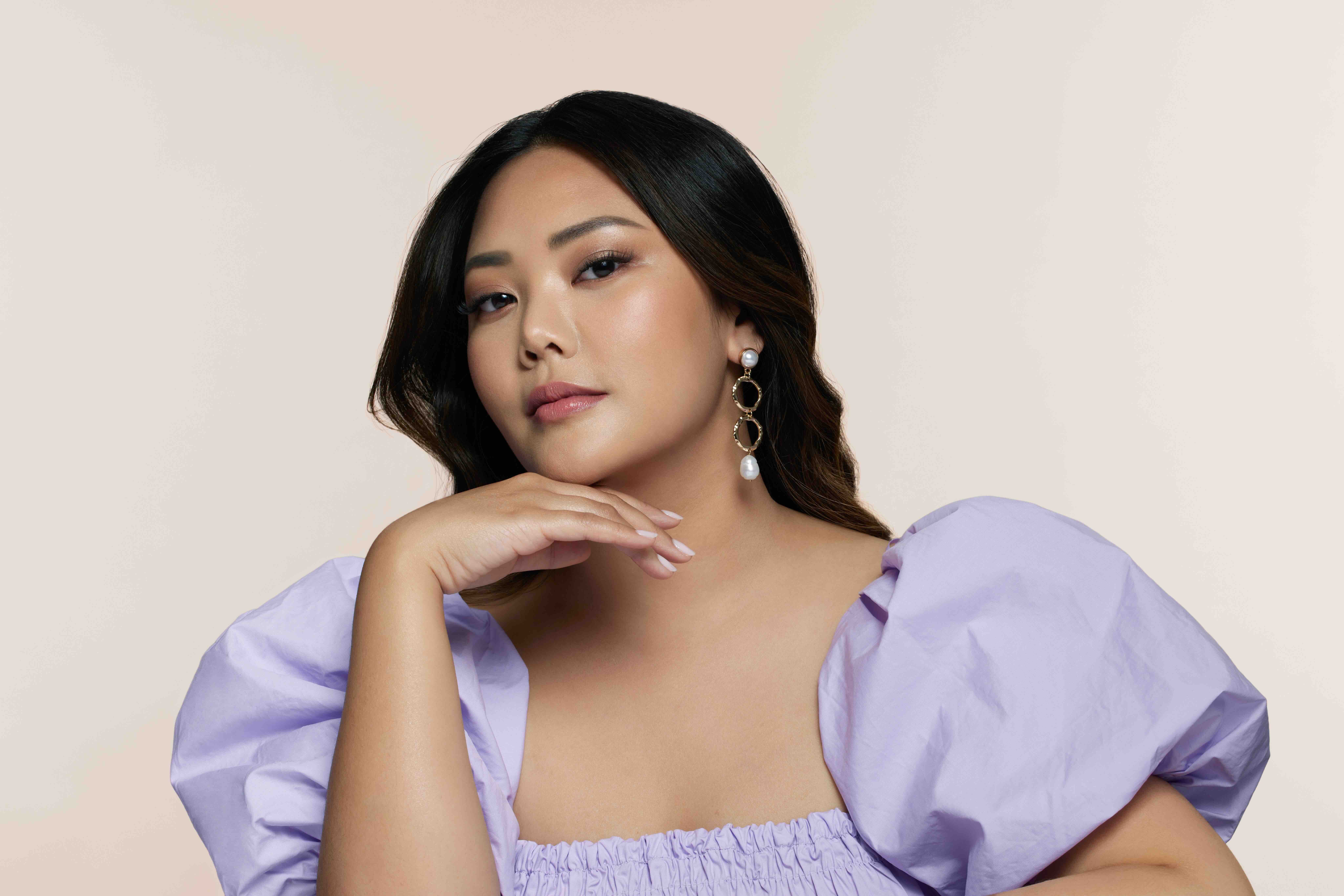
How has Orcé’s distribution evolved since its launch?
When we first launched the brand, we were determined to be direct-to-consumer only, but it was really hard as a small brand with very limited resources and ad dollars. Eventually, we had small retailers reaching out to us wanting to carry the product, who we did start working with here and there. A lot of these smaller retailers didn’t make it through the pandemic. Fortunately, at that time, we got interest from Neiman Marcus, and we launched with them.
There are still some retailers we would love to get into, but it’s always like, ‘We love your formula, but price is too high for a foundation,” or “You don’t have 40-plus shades, call us back when you do.”
This industry rewards those who have more funding, are able to produce a lot of different shades, a lot of different products and SKUs, but we’re hanging in there. We’re continuing to expand.
What has been your approach to investment been so far, and what would you like it to be in the future?
I am still bootstrapped. It’s been tough, but we have definitely learned to be creative and scrappy with what we have. But I am getting the company ready to the point where we will start fundraising outside, hopefully in the next year.
We received interest from a large strategic early on to be part of their venture fund, but I just didn’t feel right about agreeing to a future valuation for our brand at that time and ultimately decided not to participate. I still think about whether or not that was the right decision.
What’s been working for you on social media recently?
Pivoting to video content has really been helping us. We started our TikTok, putting out video content, showcasing creators of different ethnicities, different skin tones. It’s been helping us capture an even wider audience, but we don’t neglect our Instagram community. The bulk of our customer base is 30 to 50, a group that is still very loyal to Instagram.
TikTok is more of an entertainment channel, while our customer feels more comfortable purchasing through Instagram/Meta than on TikTok Shop, but we are on TikTok Shop now.
How has TikTok Shop been performing for you?
We’re still in the process of building it. Setting up TikTok shop was even harder than setting up our corporation, but we’re glad it’s live now. For now, our sales are still way stronger on Meta.
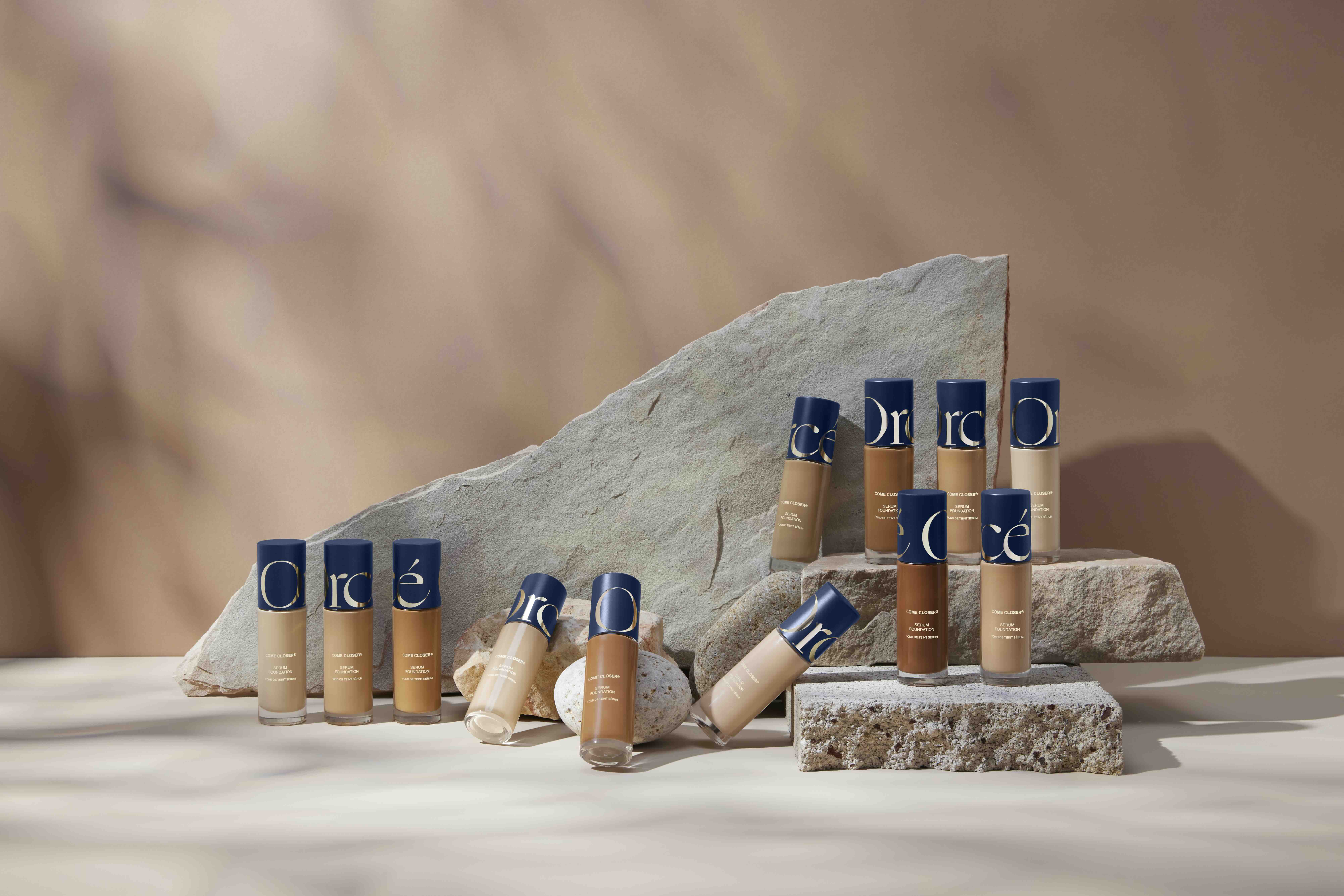
Are you planning to extend Orcé’s line into other product categories?
We have some really fun multi-use color products coming out. We continue this skincare-first theory of making sure the formula is not only not causing any skin issues, but is beneficial for your skin and flattering. We’re going into the lip category, and I’ve tried so many lipsticks that claim to be universal and just look really weird on me. We’ve really tried to formulate shades that are truly universal, even for those with yellow and olive undertones.
What about geographic expansion?
Right now, we’re in the United States and Singapore. We are actively looking for opportunities to expand to Australia, New Zealand, the U.K., the rest of Asia and then the Middle East. I think our products are going to be really suitable for the Middle Eastern customer base as well.
We have a lot of Hispanic customers that tell us, “I know you’re made for Asians, but I found my perfect shade because I’m this weird shade of olive I’ve never found the right foundation for.” We’re not claiming we’re made for everybody, but we will continue to expand our portfolio for those who love and need our products.
Asia might be your most difficult road because inclusivity is still radical there.
I grew up in Singapore. Even though it is such a melting pot, with large populations of Indians and Malays, there are still a lot of very traditional Chinese values in Singapore. I was born with brown skin. I’m not the darkest person I know, but I was still made to feel like I was ugly because I wasn’t fair enough for East Asian beauty standards.
We have a lot of work to do in Asia, and that is my mission. Once we expand to Asian countries, we plan to make retailers take the whole range instead of only taking the first three shades.
The most recent time I was in Seoul, I saw more and more younger people with tan skin and that made me so happy. It’s shifting in Taiwan, too. I think with Western trends making their way to Asia, people are starting to open up their minds about bleaching their skin.
There are bleaching creams, but there’s also an IV you can infuse. When I was young, my mom would take me to the dermatologist and she would say, “Give her the skin bleaching IV.” It’s supposed to whiten your skin from the inside out. There is also a pill that whitens your skin called Crystal Tomato. It’s from Singapore. These are all still really popular. The trend toward embracing darker skin tones is happening, but moving slowly.
This interview has been edited for clarity and brevity.
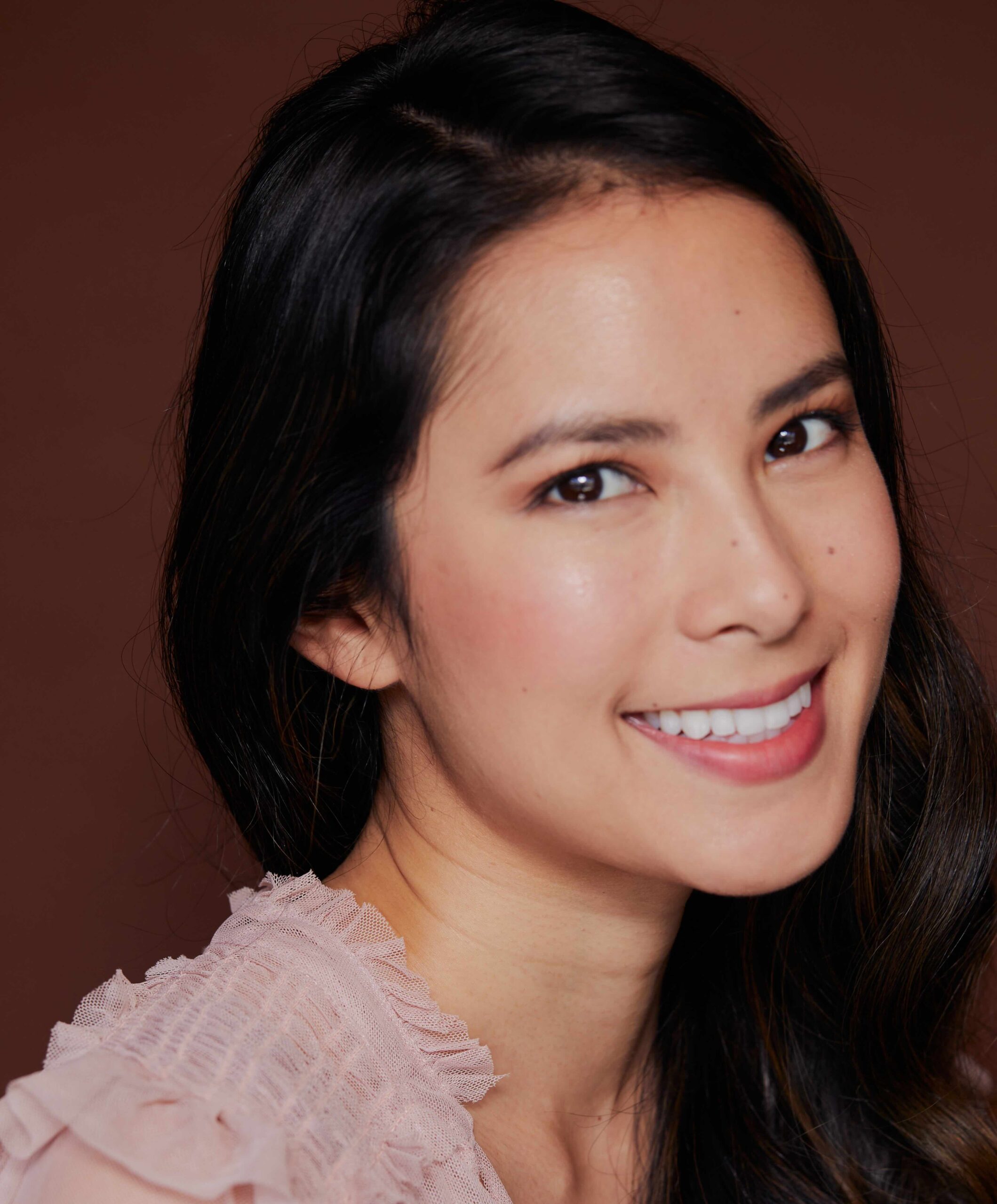
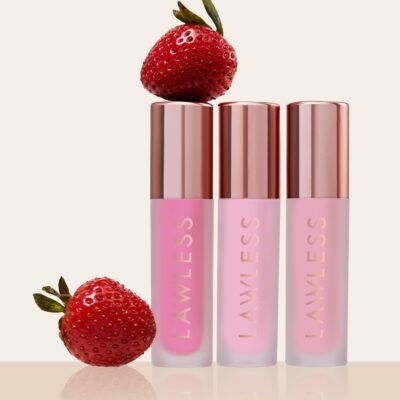
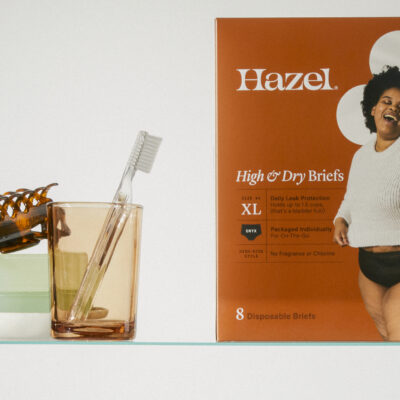
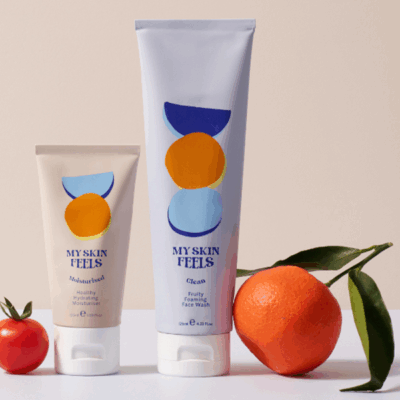
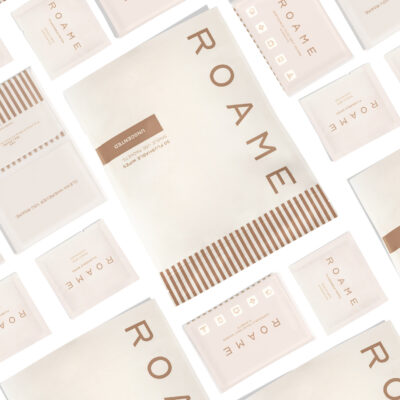
Leave a Reply
You must be logged in to post a comment.